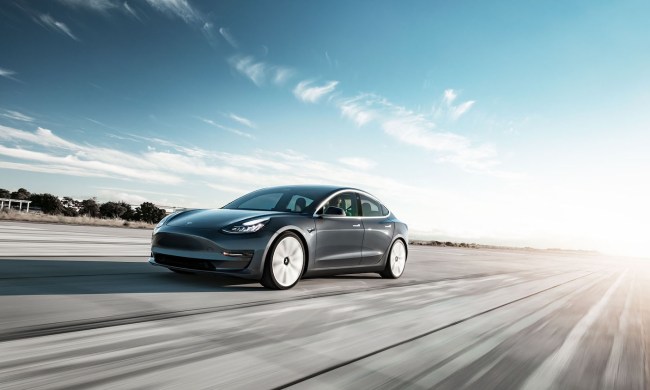
Lyft is planning a significant expansion of its autonomous car testing program. The company is opening a new testing facility, adding vehicles to its fleet, and racking up more test miles. Like rival Uber, Lyft believes self-driving cars are the future of ridesharing.
Lyft’s self-driving cars are now driving four times as many miles per quarter in autonomous mode as they were six months ago, Luc Vincent, Lyft’s executive vice president of autonomous driving, wrote in a blog post. The company currently gives rides in test vehicles to employees, and the number of routes where these rides are available has tripled in the past year, Vincent wrote.
Lyft is opening a dedicated testing facility for self-driving cars in East Palo Alto, California. This will include intersections, merges, traffic lights, and other road configurations, Vincent wrote. Lyft will also continue testing at GoMentum Station, a third-party autonomous-car testing facility at a former military base in Concord, California, Vincent wrote. Closed courses allow engineers to test cars in scenarios that would be too dangerous for public roads, or simply may not happen in everyday driving.
In addition to expanding mileage and testing locations, Lyft is growing its fleet of vehicles. The company will soon take delivery of an unspecified number of Chrysler Pacifica Hybrid minivans, Vincent wrote. A minivan offers greater flexibility, and Lyft wanted hybrid vehicles, according to Vincent. The Pacifica is actually a plug-in hybrid, so it can be plugged into an external charging station like an all-electric car. That allows for a bigger battery pack, which in turn allows for more zero-emission electric running.
Waymo already uses the Pacifica Hybrid for its Waymo One ridesharing service in Phoenix, Arizona, and it’s easy to see why. In addition to lower emissions and less money spent on fuel, a hybrid’s battery pack provides a crucial source of electricity to run the sensors and computers that make autonomous driving possible. That’s why most companies currently developing autonomous-driving tech use hybrids, plug-in hybrids, or all-electric cars as test vehicles.
The self-driving cars Lyft is developing in-house are only accessible to employees right now, but you can still hail an autonomous Lyft ride. In Las Vegas, the company is partnering with Aptiv to give rides to the public in test vehicles. The cars belong to Aptiv and use that company’s tech, but riders can hail them using the Lyft app.


